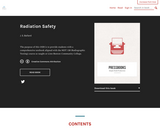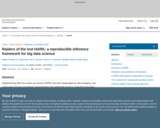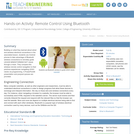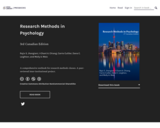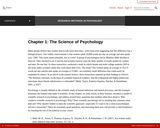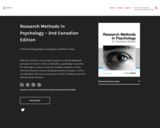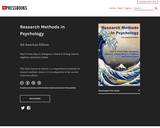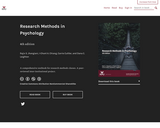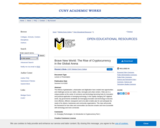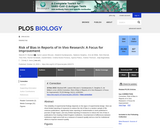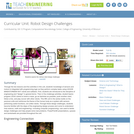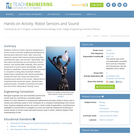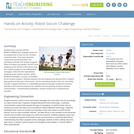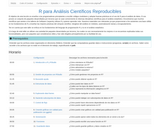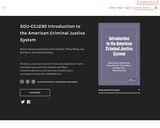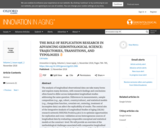
The analysis of longitudinal observational data can take many forms and requires many decisions, with research findings and conclusions often found to differ across independent longitudinal studies addressing the same question. Differences in measurements, sample composition (e.g., age, cohort, country/culture), and statistical models (e.g., change/time function, covariate set, centering, treatment of incomplete data) can affect the replicability of results. The central aim of the Integrative Analysis of Longitudinal Studies of Aging (IALSA) research network (NIH/NIA P01AG043362) is to optimize opportunities for replication and cross-validation across heterogeneous sources of longitudinal data by evaluating comparable conceptual and statistical models at the construct-level. We will provide an overview of the methodological challenges associated with comparative longitudinal and international research, including the comparability of alternative models of change, measurement harmonization and construct-level comparison, retest effects, distinguishing and contrasting between-person and within-person effects across studies, and evaluation of alternative models for change over time. These methodological challenges and recommended approaches will be discussed within the context of reproducible and replication research focused on longitudinal studies.
- Subject:
- Life Science
- Social Science
- Material Type:
- Reading
- Author:
- Hofer S M
- Date Added:
- 07/16/2021
